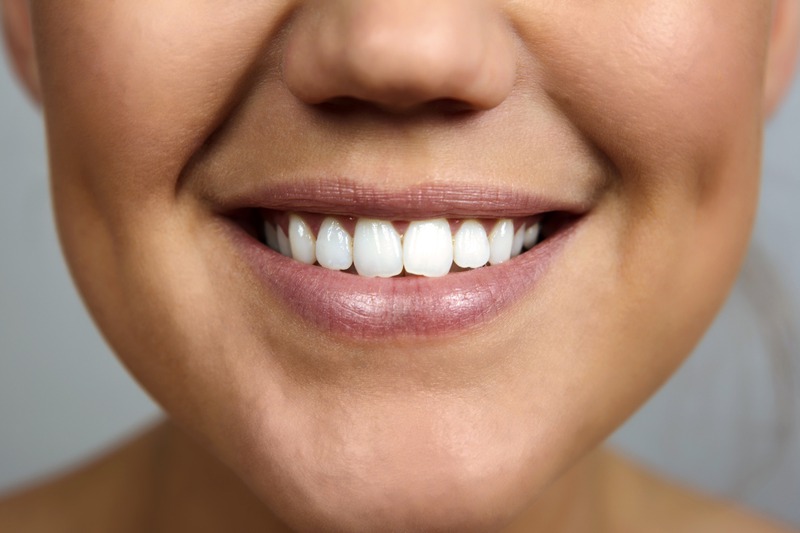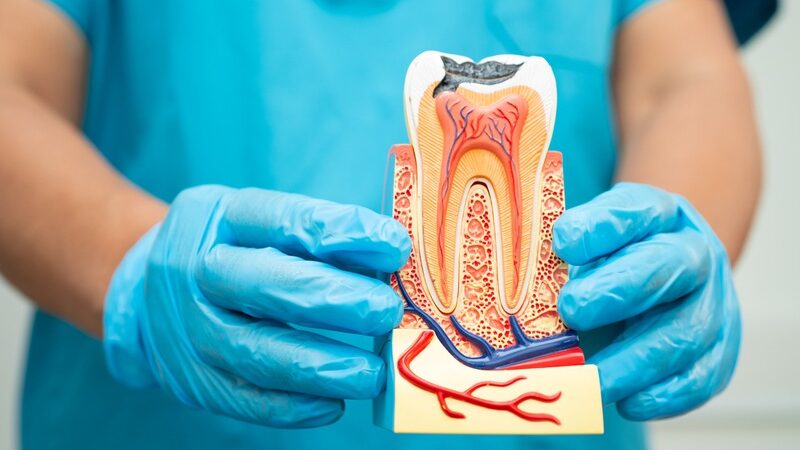Dental fillings are a go-to remedy for battling cavities and tooth decay, essential for restoring the natural look and function of teeth. But how long do these fillings last? This is a crucial question for anyone aiming to maintain oral health without frequent trips to the dentist for replacements. This article dives into the lifespan of dental fillings, factors affecting their durability, and practical advice on making them last longer.
Expected Lifespan of Dental Fillings
The longevity of dental fillings varies, typically ranging from 5 to 15 years, influenced by the material used and oral care habits. Amalgam fillings, known for their durability, can last between 10 to 15 years. In contrast, composite fillings, which blend with the natural tooth color, have a shorter life expectancy, hovering around 5 to 7 years. Gold fillings, while more expensive, shine in longevity, potentially lasting over two decades. The choice of material plays a pivotal role, but regular dental check-ups are key to ensuring fillings remain intact and functional.
Key Factors Influencing Filling Lifespan
Several factors contribute to how long a filling will last:
-
Material Quality: The choice of filling material impacts its durability, with gold often outlasting composite options.
-
Oral Hygiene Routine: Proper brushing and flossing significantly extend filling life. Neglecting oral hygiene can lead to decay around the filling.
-
Dietary Choices: Frequent consumption of hard or sticky foods can cause fillings to wear down quicker over time.
-
Filling Location: Fillings on biting surfaces endure more stress, leading to a shorter lifespan compared to those on non-chewing areas.
-
Teeth Grinding: Bruxism, or teeth grinding, can accelerate the wear on fillings, necessitating a mouthguard for protection.
Recognizing the Need for Filling Replacement
Dental fillings aren’t immortal, and recognizing when replacements are necessary can prevent further complications. Key signs indicating it’s time for a new filling include:
-
Pain or Sensitivity: Experiencing discomfort when biting or consuming hot and cold beverages may signal a compromised filling.
-
Visible Damage: Cracks, chips, or any visible deterioration point to a need for immediate dental advice.
-
Loose Feeling: If a filling starts to feel mobile or becomes detached when touched, this is a red flag for replacement.
-
Color Changes: Discoloration around a filling could indicate further decay or aging of the material.
-
Metallic Taste: A lingering metallic taste can suggest that a metal filling is failing and needs attention.
Extending the Life of Your Fillings
Commitment to excellent dental hygiene is crucial. Regular brushing, flossing, and dental visits create a barrier against decay and wear. Avoiding hard or sticky foods, which can dislodge fillings, is recommended. Additionally, those prone to teeth grinding should consider using mouthguards during sleep. These habits collectively contribute to prolonged filling life, reducing the need for frequent replacements.
Improvements in dental care emphasize selecting professionals who offer a wide range of services. Exploring general dentistry services like routine cleanings and check-ups can be advantageous. This approach helps maintain not just fillings but overall dental well-being, ensuring that all aspects of oral health are effectively managed.
Expert Advice Available from Dentists
Consulting with professionals offers insights tailored to individual needs, focusing on prolonging the life of dental fillings. A local dentist in Southport can provide such guidance. Personalized care plans address unique dental concerns and promote preventive strategies that safeguard the longevity of fillings and oral health. Strategic consultations ensure patients are informed about both routine care and the potential impacts of lifestyle choices on filling durability.
Access to experienced dental practitioners offers a proactive approach, capturing issues early and preventing complications. By ensuring regular dental visits, patients can maintain their fillings’ integrity and enjoy better dental health.
Choosing the Right Filling Material
The selection of filling material considers factors such as budget and aesthetics, but each option has its unique benefits and limitations:
-
Amalgam Fillings: While highly durable, they may not match the natural tooth color, which could be important for visible teeth.
-
Composite Fillings: These provide a natural look but might require more frequent replacements compared to other materials.
-
Gold Fillings: Highly durable but can be pricey and more noticeable than other options.
-
Ceramic Fillings: Known for aesthetic appeal and stain resistance, they may be less fracture-resistant.
-
Glass Ionomer Fillings: Ideal for certain situations like child dentistry but less durable overall.
Assessing Dental Needs and Preferences
Understanding individual dental needs guides the choice of filling material. Consideration of aesthetic preferences, budget constraints, and the specific location within the mouth ensures an appropriate choice matching one’s lifestyle. Discussions with dental professionals ensure a choice that supports both immediate needs and long-term oral health strategies.
Balancing these aspects can lead to a wise investment that enhances the longevity and performance of dental fillings. For those considering straightening their teeth as part of their dental health strategy, consulting with the best Invisalign provider in Fairfield can further tailor the approach to meet unique aesthetic and functional needs.
Closing Remarks
Awareness of factors affecting dental fillings’ lifespan empowers better decision-making in dental care. Routine oral hygiene, and careful dietary and lifestyle choices, combined with professional guidance, underline the most effective strategies for preserving fillings. Whether considering new fillings or managing existing ones, leveraging professional dental services helps optimize decisions and outcomes. Such strategic care significantly impacts dental health, extending the life of fillings while maintaining overall oral wellness.






